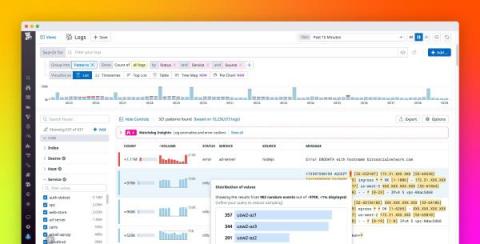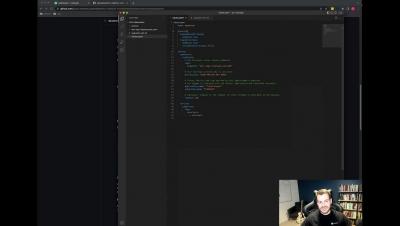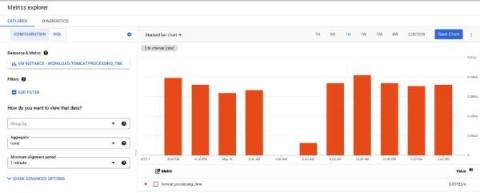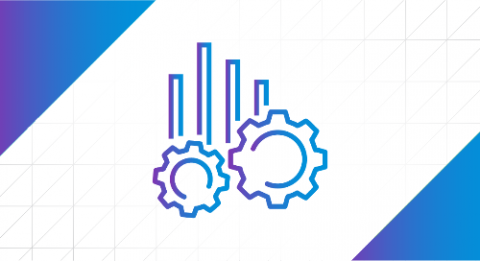Operations | Monitoring | ITSM | DevOps | Cloud
Tracing
The latest News and Information on Distributed Tracing and related technologies.
Iterating on an OpenTelemetry Collector Deployment in Kubernetes
When you want to direct your observability data in a uniform fashion, you want to run an OpenTelemetry collector. If you have a Kubernetes cluster handy, that’s a useful place to run it. Helm is a quick way to get it running in Kubernetes; it encapsulates all the YAML object definitions that you need. OpenTelemetry publishes a Helm chart for the collector. When you install the OpenTelemetry collector with Helm, you’ll give it some configuration.
Identify and redact sensitive data in APM, RUM, and Events stream with Sensitive Data Scanner
Customer-facing applications request and process many types of sensitive data, such as API keys, credit card numbers, and email addresses. As your application scales in size and complexity, it becomes harder to keep track of this sensitive data moving across more services, increasing the risk of data leaks.
Find and Fix Bottlenecks in Your Gradle Builds With OpenTelemetry and Honeycomb
Today, I’d like to share with you a new community-contributed integration that helps you optimize and debug your Gradle builds. This new Gradle plugin is available today, is free to use, and you can use it immediately with a free Honeycomb account.
0 to Observable: From Kubernetes Logs to Container Observability with Coralogix
Get More Out of OpenTelemetry With Honeycomb's Latest Updates
Just a few short months ago, we talked about a bunch of updates to Honeycomb’s support for OpenTelemetry. To the surprise of no one, we’ve got more updates to share!
How to Enrich Logs and Metrics with OpenTelemetry Using BindPlane OP
Send metrics and traces from OpenTelemetry Collector to Datadog via Datadog Exporter
OpenTelemetry is an open source, vendor-neutral observability framework that provides tools, APIs, and SDKs to collect and standardize telemetry data from cloud-native applications and services. One of OpenTelemetry’s key components is the OpenTelemetry Collector, which receives and processes data before using exporters to route it to the destinations of your choice.
Forward logs from the OpenTelemetry Collector with the Datadog Exporter
OpenTelemetry is an open source set of tools and standards that provide visibility into cloud-native applications. OpenTelemetry allows you to collect metrics, traces, and logs from applications written in many languages and export them to a backend of your choice.
Viewing OpenTelemetry Metrics and Trace Data in Observability by Aria Operations for Applications
Modern application architectures are complex, typically consisting of hundreds of distributed microservices implemented in different languages and by different teams. As a developer, site-reliability engineer, or DevOps professional, you are responsible for the reliability and performance of these complex systems. With observability, you can ask questions about your system and get answers based on the telemetry data it produces.











